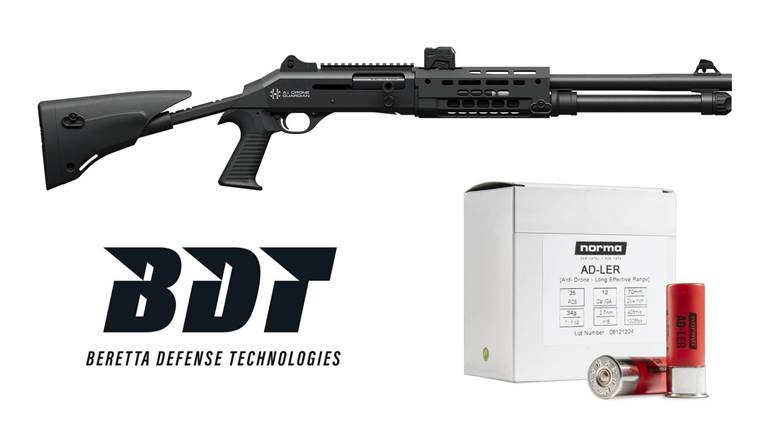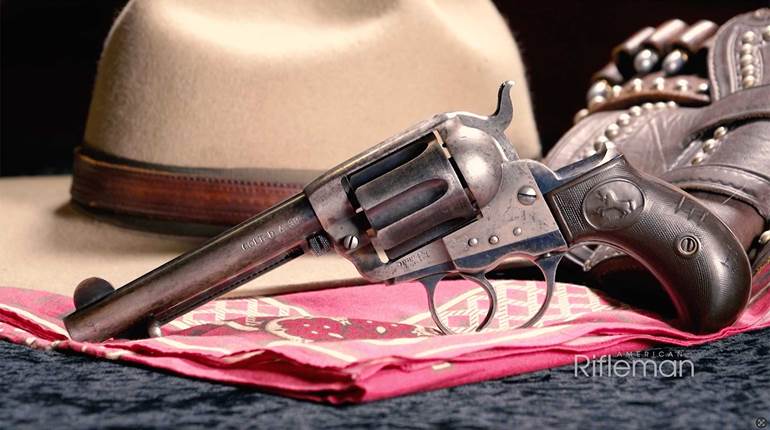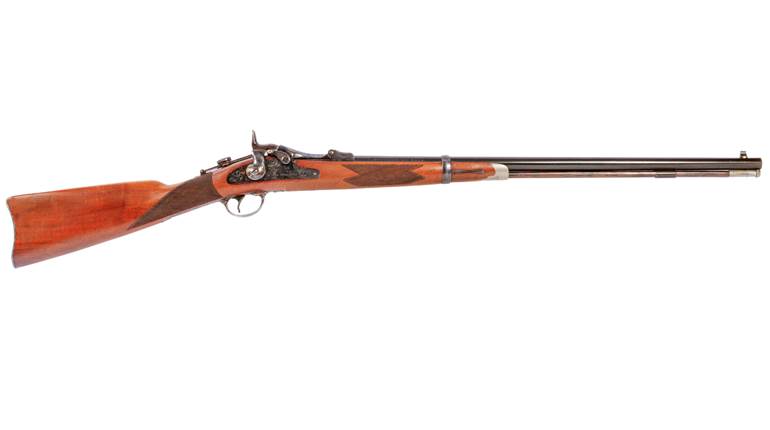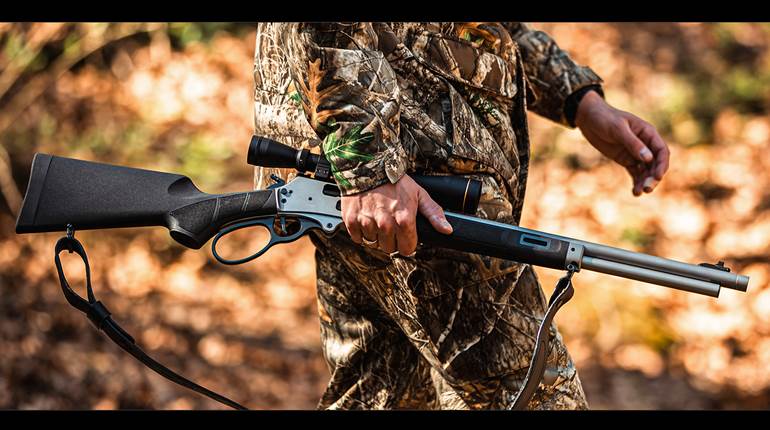
For a number of years now, the mainstream media has been prophesying a perhaps gradual, but nevertheless very public and painful death for your beloved National Rifle Association.
The examples of this prognosis are many, but here are two of the most obnoxious: Last November, Newsweek ran a story titled “The NRA is Slowly Dying” in which they argued that “it is clear that the NRA is fading fast from what was once a central position in U.S. politics.” And then, last February, The New York Times piled on with a story titled “The Decline of the NRA” in which they said that, to “liberals,” the decline is a “cathartic dose of good news.”
Those examples were from last fall and winter, but with spring, these media outlets became tellingly less bold with predictions the famed psychologist Carl Jung termed “wish fantasies.” When 72,500 NRA members showed in Dallas in May for the NRA Annual Meetings & Exhibits to see acres of guns and gear, to express the importance of their freedom, to learn from experts in various fields in seminars, to hear former President Donald J. Trump thank the NRA for its endorsement in an auditorium packed with thousands of other NRA members—even the mainstream media could not have missed the resilience of the NRA.
Then, on the Monday after the show, when the NRA Board gathered and voted for new leadership, choosing candidates who promise an open, accountable and bright future for the NRA, the media opted to not even show up.
What has been happening lately with the NRA just doesn’t fit their narrative. And they must be so disappointed; after all, some government officials had given these media members and their political allies reason to dream aloud about the liquidation of America’s oldest civil-liberties association. President Joe Biden (D) and many of his administration’s agencies have been aggressively attacking gun manufacturers, dealers and law-abiding gun owners. And New York state officials had declared a legal war on this association, managing to harm the NRA financially.
Nevertheless, this orchestrated scheme did not work out as some in New York politics and the media had fantasized. Instead, New York Attorney General Letitia James’ (D) attempt to dissolve the NRA was tossed out by a court. Former New York Gov. Andrew Cuomo (D) succumbed politically to his own scandalous behavior. And Maria T. Vullo, the former head of the New York State Dept. of Financial Services (DFS), has her name forever linked to a First Amendment case, NRA V. Vullo, in which the U.S. Supreme Court ruled 9-0 that “Vullo violated the First Amendment by coercing DFS-regulated entities to terminate their business relationships with the NRA in order to punish or suppress the NRA’s advocacy.”
All of that is background, but this context is necessary to understand what is happening now within your NRA.
 What This Change Means
What This Change Means
Those aforementioned mainstream-media outlets would begin any story on this topic with a rehash of what made headlines in last January’s New York City trial of specific people who previously had leadership positions within the NRA. But they are loathe to mention that all the fines that the court imposed (and that, as this was going to print, were under appeal) are payable to the NRA, not to the state of New York. This is because the NRA was the actual victim.
Still, the damage to this association has been real. The financial costs from years-long legal battles with the state in which this association was originally chartered (New York) way back in 1871 did financially weaken the NRA. And the fact that some members of this association pulled away amidst the media and legal assaults also impacted the NRA. The NRA’s membership is, after all, its strength—fewer members, or fewer enthusiastic members, mean less political muscle.
But there is a dramatic shift in this story, which occurred a short time ago in the city of Dallas. Though little reported—and even less understood—by the mainstream media, what occurred at the NRA Annual Meetings is something that any honest historian will have to treat as a pivot point in which this association, to use Newsweek’s language, began to retake its “central position in U.S. politics.”
 When the NRA board met this May in Dallas, the mainstream media—if they cared even a little about the truth in this evolving story—could have been present in the room, as it was open to the public.
When the NRA board met this May in Dallas, the mainstream media—if they cared even a little about the truth in this evolving story—could have been present in the room, as it was open to the public.
A viewing gallery of rows of chairs along a wall in a large ballroom in the Kay Bailey Hutchison Convention Center filled up with interested people. These chairs faced the NRA Board. The board members sat in the center of the room facing a small stage with podiums on either end. The people seated on the stage included the NRA’s now-former president, its interim executive vice president and the NRA secretary. As board members took their seats, the room had the officious air of a congressional hearing.
Soon a motion to go to closed session—meaning that the viewing gallery would be cleared so NRA Board members could speak and vote in private—was proposed and seconded. Arguments were made calmly by those who wanted a closed meeting (to avoid anything said being used against the NRA in court) and by those who thought it was high time for complete transparency. Soon, a clear majority voted down the motion—the meeting would remain open.
When the vote was done, a whispering hum washed over the room. Something was different. As with the unofficial two-party system that dominates U.S. politics, two sides had formed. Each of the votes that were then taken in open session had two candidates—in previous board meetings, these positions had more often been filled by whatever candidate the Nominating Committee presented. Not on this day.
 Now, some online critics have framed what happened next as a battle between an “old guard” and “reform” candidates. Actually, what occurred was more like a sea change in Congress after an election, in which newer members of the party coming into power have the votes, and a mandate from voters, to displace some veteran party members as they revitalize and redirect the political body. Basically, a new majority voting block on the NRA Board had materialized over the last year or so and they were ready to exercise their will.
Now, some online critics have framed what happened next as a battle between an “old guard” and “reform” candidates. Actually, what occurred was more like a sea change in Congress after an election, in which newer members of the party coming into power have the votes, and a mandate from voters, to displace some veteran party members as they revitalize and redirect the political body. Basically, a new majority voting block on the NRA Board had materialized over the last year or so and they were ready to exercise their will.
As you can see in the President’s Column in this issue, the NRA Board chose former congressman Bob Barr to be president of the NRA. More than one Barr supporter on the board argued that, in this precarious election year, the NRA needs a seasoned political warrior as its president.
The board then elected Bill Bachenberg, owner of Lehigh Valley Sporting Clays in Coplay, Pa., and Mark Vaughan, owner of Vaughan Foods based in Moore, Okla., to be first and second vice presidents. Both board members have argued that the NRA needs transparent and accountable leadership now more than ever.
The board then chose Doug Hamlin, who ran the NRA’s publications division for a decade, to be the next executive vice president and CEO of the NRA. This is the position Wayne LaPierre held for about 34 years, which, despite all the recent headlines, was an era that even Second Amendment detractors would have to admit resulted in an unprecedented expansion of our constitutionally protected right to keep and bear arms.
 Meanwhile, something else was happening in this NRA Board meeting. Members of the board from each side kept remarking that the board can’t remain split along some fractious line. They were arguing that the entire board needs to come back together behind whomever they elect. And indeed, with a board all fighting for the same cause, such as the NRA Board’s mandate to protect our Second Amendment freedoms, they can come back together. If the words, handshakes and all the goodwill felt in that room are evidence of what’s to come, it showed that the board did quickly come back together in the best interest of this association.
Meanwhile, something else was happening in this NRA Board meeting. Members of the board from each side kept remarking that the board can’t remain split along some fractious line. They were arguing that the entire board needs to come back together behind whomever they elect. And indeed, with a board all fighting for the same cause, such as the NRA Board’s mandate to protect our Second Amendment freedoms, they can come back together. If the words, handshakes and all the goodwill felt in that room are evidence of what’s to come, it showed that the board did quickly come back together in the best interest of this association.
By spelling all of this out, however, we have buried the lede. The choice of Doug Hamlin to lead this preeminent association is no trivial development.
The NRA’s New Era
Introducing a new executive vice president and CEO can all too easily sound like framing from a political campaign before an election, so let’s stick to the introductory facts.
Hamlin spent 10 years as the Executive Director of NRA Publications, but he was never in Wayne LaPierre’s inner circle, so he was not an obvious successor. This made him a surprising choice to many. What happened is that a group of NRA Board members noticed Hamlin. They’d met him at NRA Board meetings and at other NRA events. They saw he was listening. They heard him talk about Second Amendment advocacy. They learned he had served for six years on active duty and six more years in the reserves as an officer in the U.S. Marine Corps.
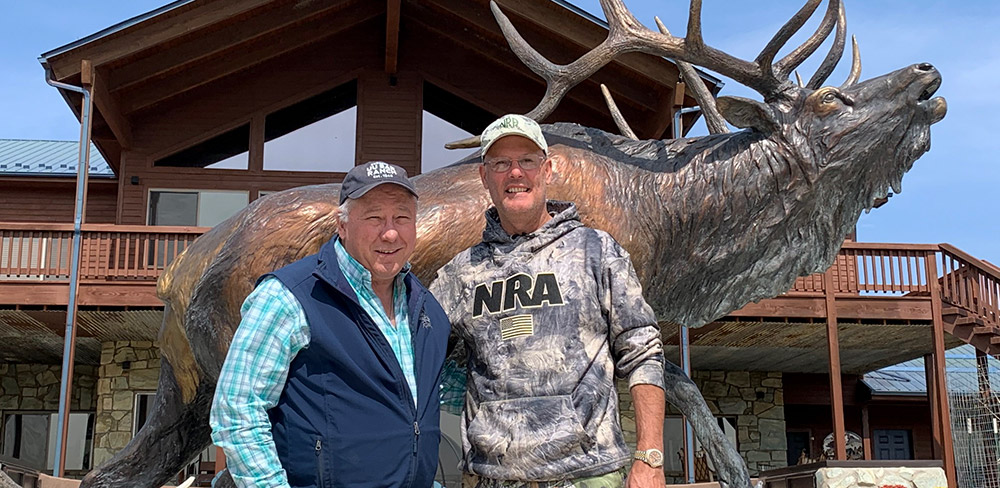
Hamlin is an avid and lifelong hunter. He learned about elk and elk hunting from veteran guide John Caid.
When they looked deeper, they found that after active duty, Hamlin rose quickly at the Petersen Publishing company. He was 31 years old in 1990 when he became publisher of Guns & Ammo magazine. He was promoted to manage the Motor Trend Group five years later. His mentor, the legendary Bob Petersen, is the single largest donor in the history of the NRA. Petersen revered the NRA and took Hamlin deeper into the Second Amendment movement. While Hamlin was at the Petersen Publishing company, it was sold in a leveraged buyout in 1996 and then, in 1998, it was taken public on the New York Stock Exchange. Since he was in a senior management position, Hamlin did well in the initial public offering (IPO). After the IPO, he decided to start his own company. He raised venture capital and launched AutoMedia Solutions Inc. In 2014, he came to the NRA.
As a publisher before coming to the NRA, and while running an ad team as executive director of NRA Publications, Hamlin worked with the leaders of the major manufacturers in the firearm industry. He has also gotten to personally know many of the major NRA donors and other movers within this industry. He also knows the NRA from the inside.
These are just the basic details of why a group of NRA Board members recruited Doug Hamlin to put his name forward for this position at this critical time. For a more profound explanation, watch what happens in the coming year with this association.
When asked about what he is doing to lead the NRA back to where America needs it to be, Hamlin said, “The first thing I want to say is thank you to the NRA membership. We also want to welcome back those who let their memberships expire. And we want them to bring their friends and family members with them. They need to know that the NRA, our NRA, is back. Our accounting practices are now top-notch. We are transparent and accountable. We are clear-eyed and back on our feet in this critical election year. We need to pull together to protect and, where necessary, to win back our Second Amendment freedom. When we work together, we have a tremendous track record of success. And, with November rapidly approaching, we need to get freedom-cherishing Americans to vote. We cannot fail. American freedom is in the balance.”
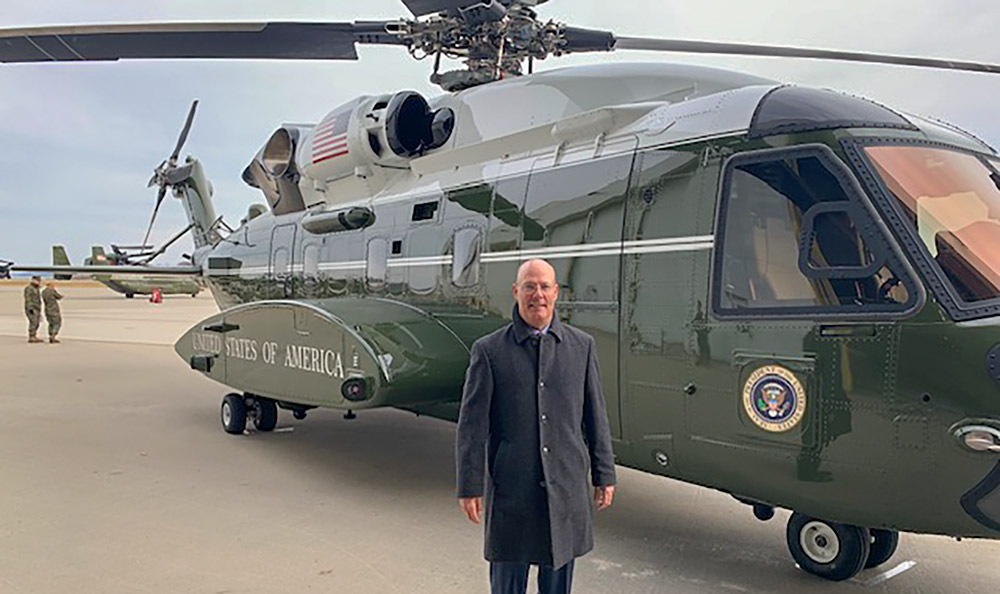
Hamlin served in the U.S. Marine Corps for six years on active duty and six years in the reserves.
One of the first things Hamlin did was to put the NRA’s possible move to Texas on hold. He said to the board that “we need to first get our financial house in order before we can consider such a move.”
“Next, we are in the process of internally improving your NRA. Externally, we are re-engaging. The NRA has held back for far too long. You’ll see us again, not just responding to false media narratives but driving honest media campaigns. We have the great advantage of being right. We are the good citizens. We need to positively tell anyone who will listen that we’re fighting to empower every law-abiding American; that the policies we back lead to a safer nation—not to the dangerous neighborhoods that woke, gun-control-pushing elite are now giving so many.”
Hamlin also talked about the mainstream-media predictions that the NRA is or was fading away. “It was never true that the NRA cannot last. Our membership might have been demoralized, but that is over. We’re coming off a great Annual Meeting. The show’s energy was off the charts. We endorsed Trump and he vociferously thanked the NRA. We are now marching together toward the November election. I am honored to be leading NRA members and I promise to always put the generous support of our members where it belongs: We will advance the shooting sports, continue to educate and cultivate new gun owners and the next generation of patriots and vigorously defend our Second Amendment freedom whenever and wherever it comes under attack.”












